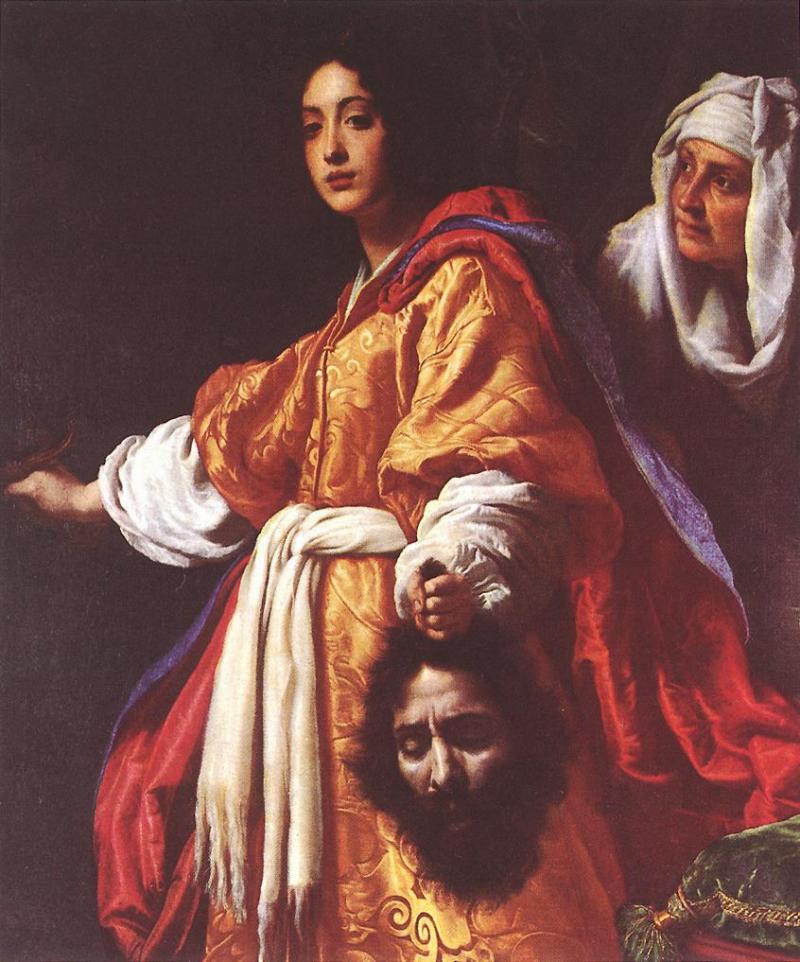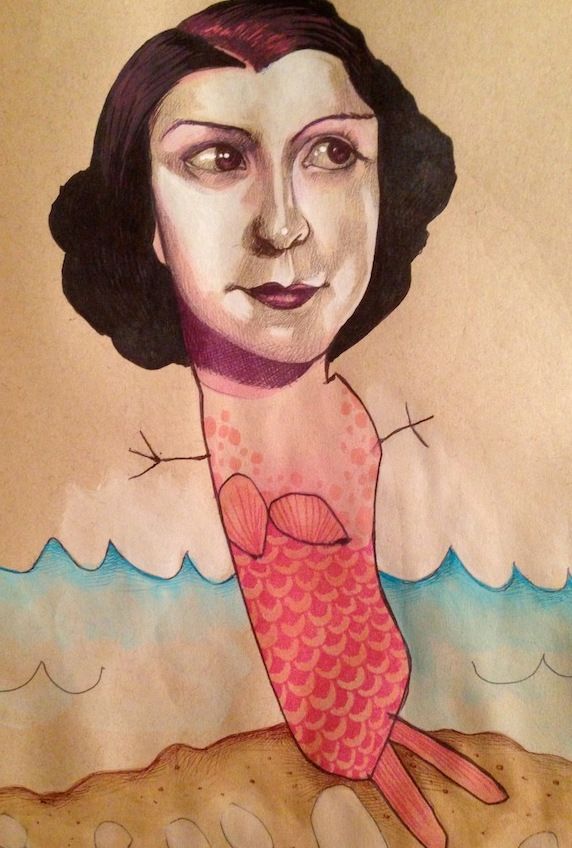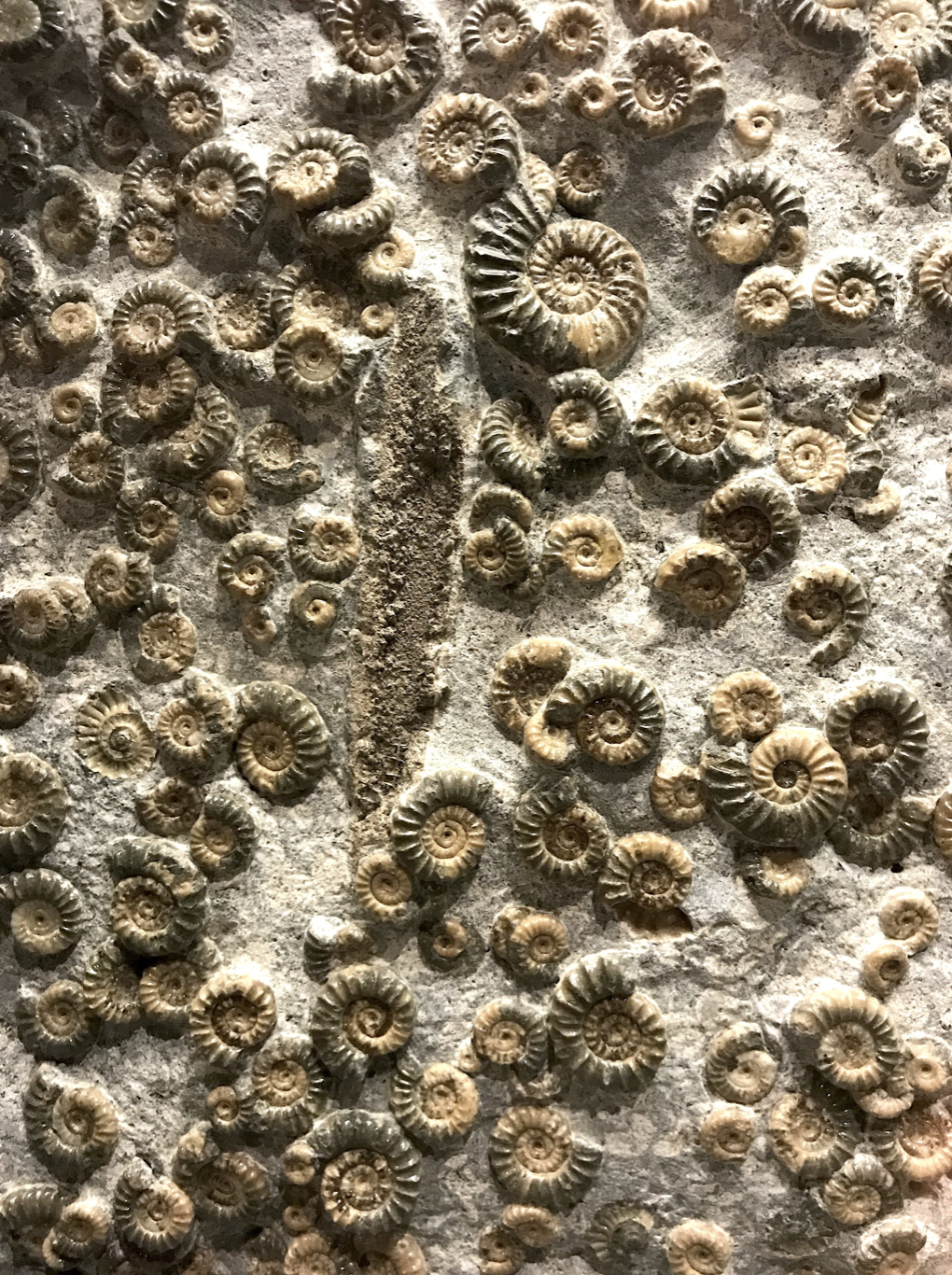On the bottom row of our family room bookshelf, I have placed art books. Big picture books. Bright with blue and yellow for van Gogh, grayed pink for Michelangelo, gold-tinted for scripture illuminations.
One of the books on the lower shelf is for children. In it my five-year-old daughter likes to look at Sandro Botticelli’s The Birth of Venus, a woman rising out of a shell with modest-sized breasts and an upside-down bowl of a belly.

Ruthie is my older daughter who said “pwetty” for a flower as one of her first words, called off wearing pants at age three, and has stood naked but for her Hello Kitty underwear each morning for three days, tears seeping, as the dirty laundry spilled over with ruffled dresses and plastic–baubled blouses.
This is my daughter whom I have gradually allowed to own Disney princess products, recognizing that keeping her from them was batting away an ocean. She interpreted my earlier approach as dismissal of Disney as “bad.” Black-and-white thinking. The kind of thinking I don’t want her to emulate.
But upon bringing her first image of them home, a coloring page from the doctor’s office, she gazed at it and asked, “Why are they so long?” Translate “skinny.” I’m happy as she searches out Botticelli’s Renaissance imagining of a goddess with a rounded tummy in her child’s book of art. Take that, Disney princesses.
Beauty, John Navone, the author of Toward a Theology of Beauty, tells us is an “allure,” an attraction ultimately to “Beauty Itself,” Christ the creator of this earth, died and resurrected. This allure is one component of beauty, the part neglected when someone says “beauty is in the eye of the beholder.” It gives beauty its universality, a standard that we in our humanity do not understand fully at this time, attempting with partial explanations: a pleasing symmetry of a face or the golden ratio of a layout.
The second component is the desire the object of beauty begets in us to “copy” it as ethicist Elaine Scarry writes. We respond, like my daughter who reiterates princesses in her crayon sketches and the costumes she wears. We want, Leonid Ouspensky, an icon writer, says for the “coming transfiguration” of ourselves and this earth. When we attempt to reiterate beauty, to create an image, we do so collectively in cultural expression and individually: applied beauty.
I won’t tell my daughter that what matters is the beauty on the inside. Yes, if we desire the way the world will be, then goodness is the the internal beauty of a person becoming like Christ. A Christian tween would be forced to assent, rankled. Inner beauty is important. But the social reality would be crushing her insides.
Outside beauty, that which affects our senses, matters. It can get you hired or not hired. Keep you from the nastiest corner of the coop in the high school pecking order. It is people’s first impression. We are pelleted with images of youthful beauty. My daughter will be aware, perhaps soon, that I will have started dyeing my hair. How do I not if I want to gain a voice in a culture where a TV show is cancelled because its viewers are considered too old?
And yet when we grasp our applications of beauty obsessively, “to bring heaven to earth,” a twisted mess occurs, from aging celebrities with stiff mannequin faces to utopian communities shattered by abuse.
The other evening, Ruthie dragged out Sister Wendy’s 1000 Masterpieces from the bottom shelf. I rifled through for women artists, but she had none of that. She started at the beginning.
On page 7 is the Renaissance Italian Cristofano Allori’s Judith with the Head of Holofernes. The head is low, the severed neck in the shadows so that at first glance one sees the golden dress, floated over by a pale face, gentle in its innocence but almost stark in its closed lips and direct look. My daughter is arrested by Judith’s beauty until her eyes widen and mouth opens, befuddled at the suspended head. I try to tell the deuterocanonical story in a simple way—a woman with courage to save her people—but she wants to go on.

On page 106, her eyes land on another depiction of Judith, this time by the German artist Lucas the Elder Cranach. Again, a moment on the detailed red dress and velvet hat, meandering strawberry hair, but wait that shock of the head in a glory of gore, opened askew eyes, slightly gaping mouth, veins and arteries and bones visible at the neck. As bedtime nears, she wishes to go back, skimming each page we had seen, except she begs me, breathless, don’t let her see the beheadings.
What kind of mother lets her daughter view paintings of a beheading when she won’t describe to her the horrors in Syria? The mother whose high school teachers assigned Flannery O’Connor stories. I didn’t appreciate them back then. Just writing the author’s name, I taste the grit of gravel roads.
In this broken world, we need more than images of beauty to comprehend Beauty Itself.
My daughter needs beauty, and she needs to know the ugliness of this cracked place. I won’t force the latter on her. But I won’t entirely shelter her from it either. It comes on its own time, as she peruses this heavy book with a cover photo of a virtuous nun, as death coldly takes the life of a friend, as she reads O’Connor and identifies herself in a small-minded character.
Ruthie wants things to be precise, wails when she can’t draw something “perfectly.” When she pretends she’s a princess, if I call her one, she states, “You know it’s not real, Mom.” At two, she would say at bedtime prayers, “But I don’t see God. Where is he?” We prayed not long ago that she would have the boldness to attend a new Sunday school class, but as she informed me, “I didn’t feel God. I did it myself.”
It’s this unsettling logic of hers that endears me to her apprehension by beauty. She longs for experiences of loveliness, bathes her mind in forty-five-minute stints of a princess book, speechless. My husband and I may take her and her sister to Disney World when his work calls him to Orlando, but we don’t plan on frequent vacations to this seeming paradise of American creativity and marketing.
Rather we want her to see chilly green glacier-fed lakes backdropped by harsh-cut mountains. We want to share the newspaper with her and pause to pray at the breakfast table. We want to worship with her in a community where we pray for those outside of our ease and privilege and support them financially.
And when a favorite dress is stained or she acknowledges the parts of her that are petty and grasping, I pray for an ache that latches onto a bigger frustration, the Son of God dying on the Cross by his Father’s Hand. Her recognition of her and humanity’s fallibility will rouse her reach to Beauty Itself, hoping in the restoration of all things.
Cover Image by illustrator Mica Angela Hendricks in collaboration with her four year old daughter.




